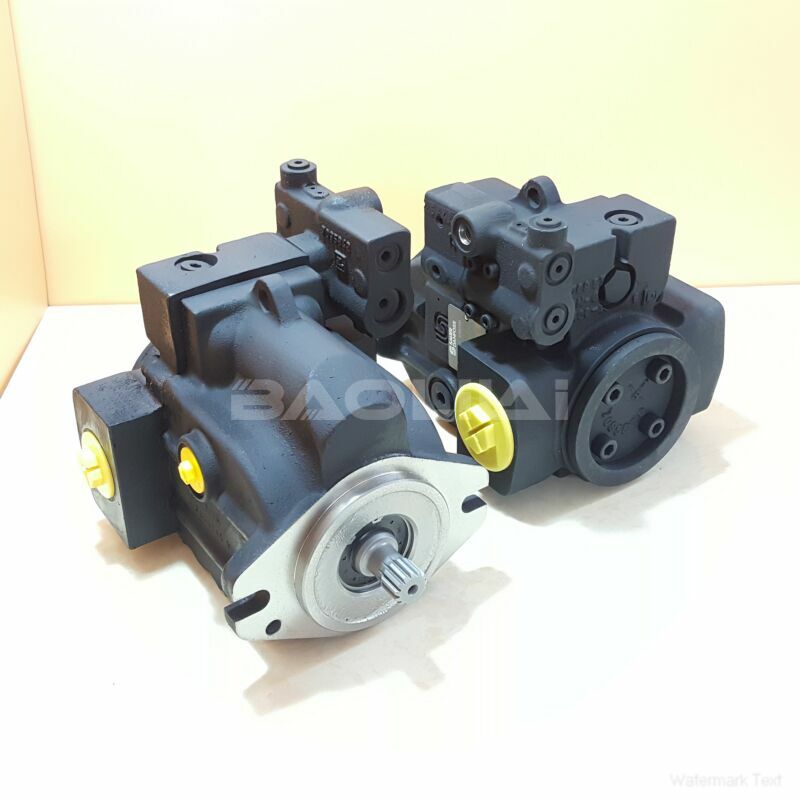LRR025CPC19NNNNN3C2AGA6NAAANNNNNN axial piston pump
LRR025CPC19NNNNN3C2AGA6NAAANNNNNN axial piston pump

- Product Details
- Applicable Scene
High-pressure pumps play a crucial role in the field of space and atmospheric research, enabling scientists to simulate, analyze, and understand the complex behaviors of materials and phenomena under extreme conditions. These pumps are essential for various experiments, ranging from testing materials for spacecraft to conducting atmospheric studies in controlled environments.
LR-R-025C-PC-19-NN-NN-N-3-C2AG-A6N-AAA-NNN-NNN
LRR025CPC19NNNNN3C2AGA6NAAANNNNNN
One of the primary applications of high-pressure pumps in space research is the testing of materials and components intended for use in spacecraft and satellites. Spacecraft are required to withstand harsh conditions, including extreme temperatures, vacuum, and potent radiation. High-pressure pumps facilitate the development of new materials by allowing researchers to simulate the pressures and environments that these materials will encounter in space. For instance, materials can be subjected to high-pressure environments to ascertain their durability and reliability under conditions that mimic the vacuum of space or the intense pressures found on other celestial bodies.

83053072
In atmospheric research, high-pressure pumps are integral to the simulation of different atmospheric conditions. Researchers can create controlled environments that replicate the pressure and temperature variations found in Earth’s atmosphere or other planetary atmospheres. This process is vital for studying weather patterns, atmospheric dynamics, and the behavior of gases and aerosols. By using high-pressure pumps, scientists can conduct experiments that require specific pressure conditions, enabling them to gather accurate data that aids in climate modeling and weather prediction.
Another important use of high-pressure pumps is in propulsion systems. In rocket design, these pumps are pivotal for fuel management, allowing for the efficient transfer and pressurization of propellants. The ability to manage fuel at high pressures ensures optimal performance and efficiency during launches, making it a critical component of space exploration.





